NITI Aayog identifies challenges faced by MSMEs in discussion paper on Digital Banks; open to comments till 31 Dec
Updated: Nov 25, 2021 06:50:02am
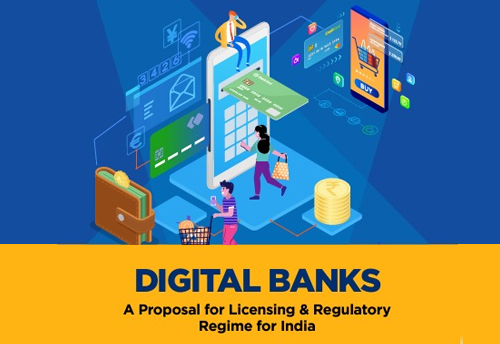
NITI Aayog identifies challenges faced by MSMEs in discussion paper on Digital Banks; open to comments till 31 Dec
New Delhi, 25 Nov (KNN) NITI Aayog has released a discussion paper titled “Digital Banks: A Proposal for Licensing & Regulatory Regime for India” and is seeking comments till 31st December, 2021.
It has been prepared by NITI Aayog, in consultation with eminent experts in the field of finance, technology and law and based on inter-ministerial consultations and can be accessed on their official website.
The central government’s public policy think tank has derived the context for the case of Digital Banks in India based on Financial Inclusion. It has identified that, credit penetration remains a public policy challenge, especially for the nation’s 63 million odd MSMEs that contribute approx. 30 % to the Gross Domestic Product, about 45% to manufacturing output, more than 40% of exports, while creating employment for a significant section of the population, which in terms of volume stands next to agricultural sector.
This is hindering the development of a conducive business environment for expansion of the MSME sector, said NITI Aayog.
It also highlighted the payments and credit needs of its micro small and medium businesses.
The current credit gap and the business and policy constraints reveal a need for leveraging technology effectively to cater to the needs of this segment and bring them further within the formal financial fold, said the release.
Based on these context, the discussion paper has reforms proposed for a Digital Bank licensing and regulatory regime for India.
It recommends regulatory innovations such as Digital Bank license that hold the promise of solving for as well as mitigating the financial deepening challenges faced. The Paper starts by defining the concept of “Digital Bank” and points out the promise it holds while mapping the prevalent business models. It goes on to highlight the challenges presented by the “partnership model” of neo-banking that has emerged in India as a function of regulatory vacuum and absence of a Digital Bank license.
In terms of the methodology for licensing and regulatory template offered by NITI Aayog, the Paper constructs an equal-weighted “Digital Bank Regulatory Index” comprising of 4 factors: Entry barriers; Competition; Business Restrictions and Technological Neutrality and maps the elements of these indices against the 5 benchmark jurisdictions of Singapore, Hong Kong, United Kingdom, Malaysia, Australia and South Korea, said the release.
The Paper also recommends a two-stage approach with a Digital Business Bank license to begin with a suggestion for Digital (Universal) Bank license after policymakers and regulators have gained experience from the former. Focus on avoiding any regulatory or policy arbitrage and giving a level playing field is an important recommendation.
Moreover, even with the Digital Business Bank license, it recommends a carefully calibrated approach comprising of issue of a restricted Digital Business Bank license (to a given applicant) (the license will be restricted in terms of volume/ value of customers serviced and the like).
It also addresses enlistment (of the licensee) in a regulatory sandbox framework enacted by the RBI.
Further it deals with issue of a “full-stack” Digital Business Bank license (contingent on satisfactory performance of the licensee in the regulatory sandbox including saliently, prudential and technological risk management).
Comments may be sent on the Discussion Paper not later than 31.12.2021 at annaroy@nic.in with “Comments on Discussion Document on Digital Bank Framework” in the subject line.
The full report can be accessed here: https://www.niti.gov.in/sites/default/files/2021-11/Digital-Bank-A-Proposal-for-Licensing-and-Regulatory-Regime-for-India.24.11_0.pdf

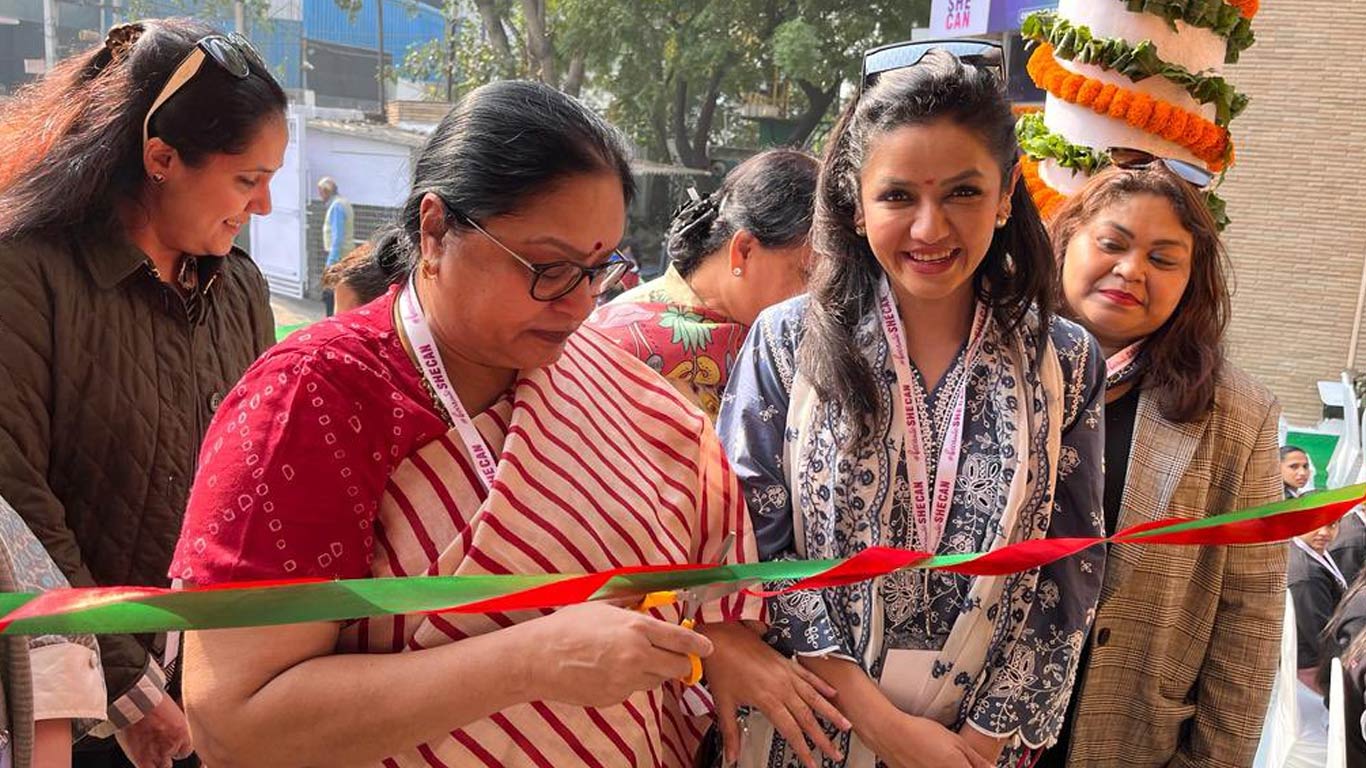
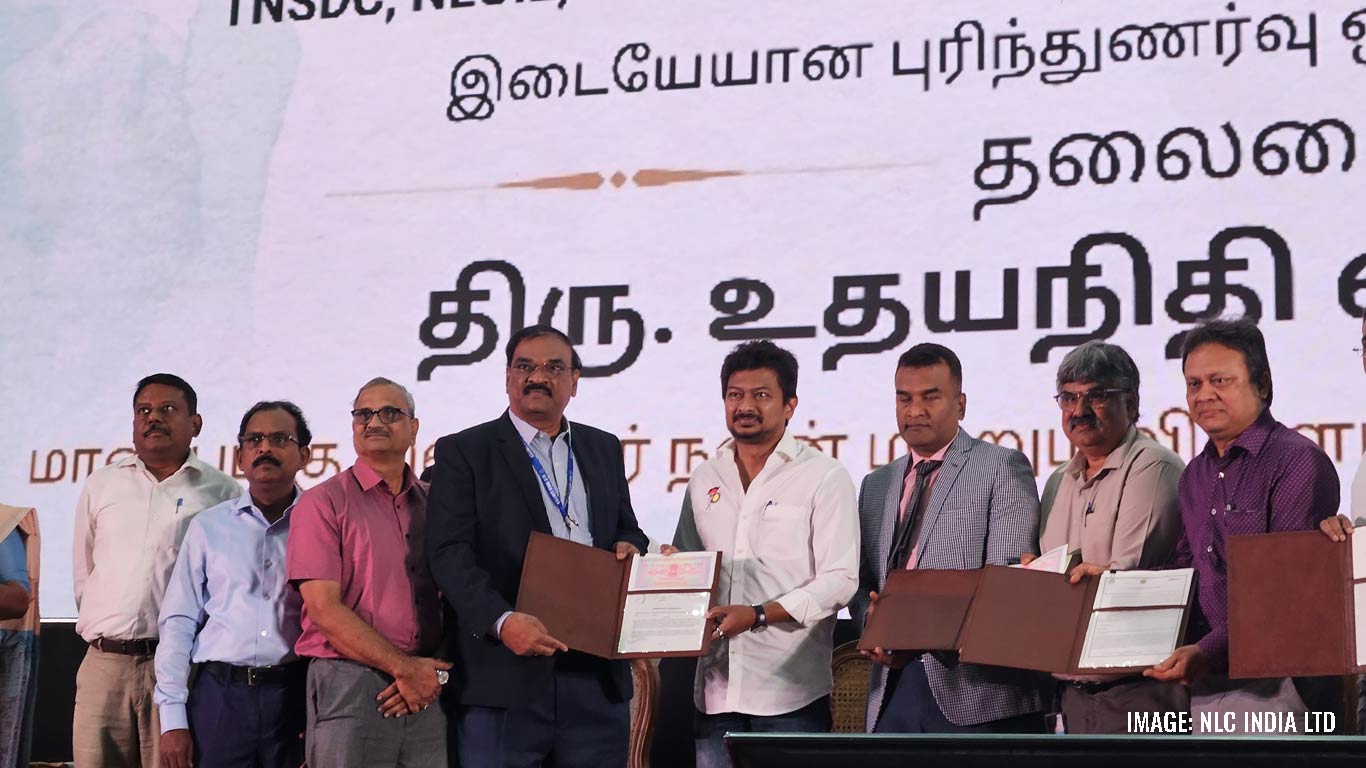
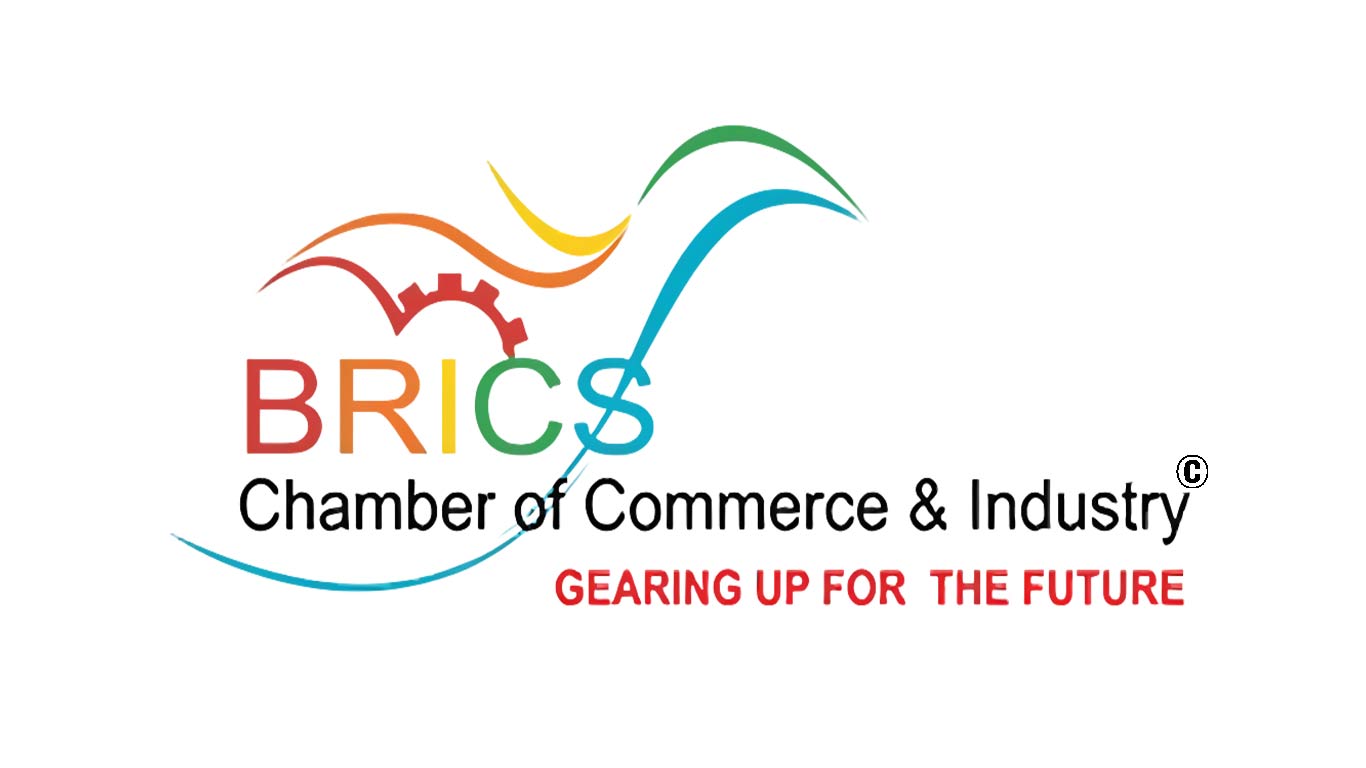
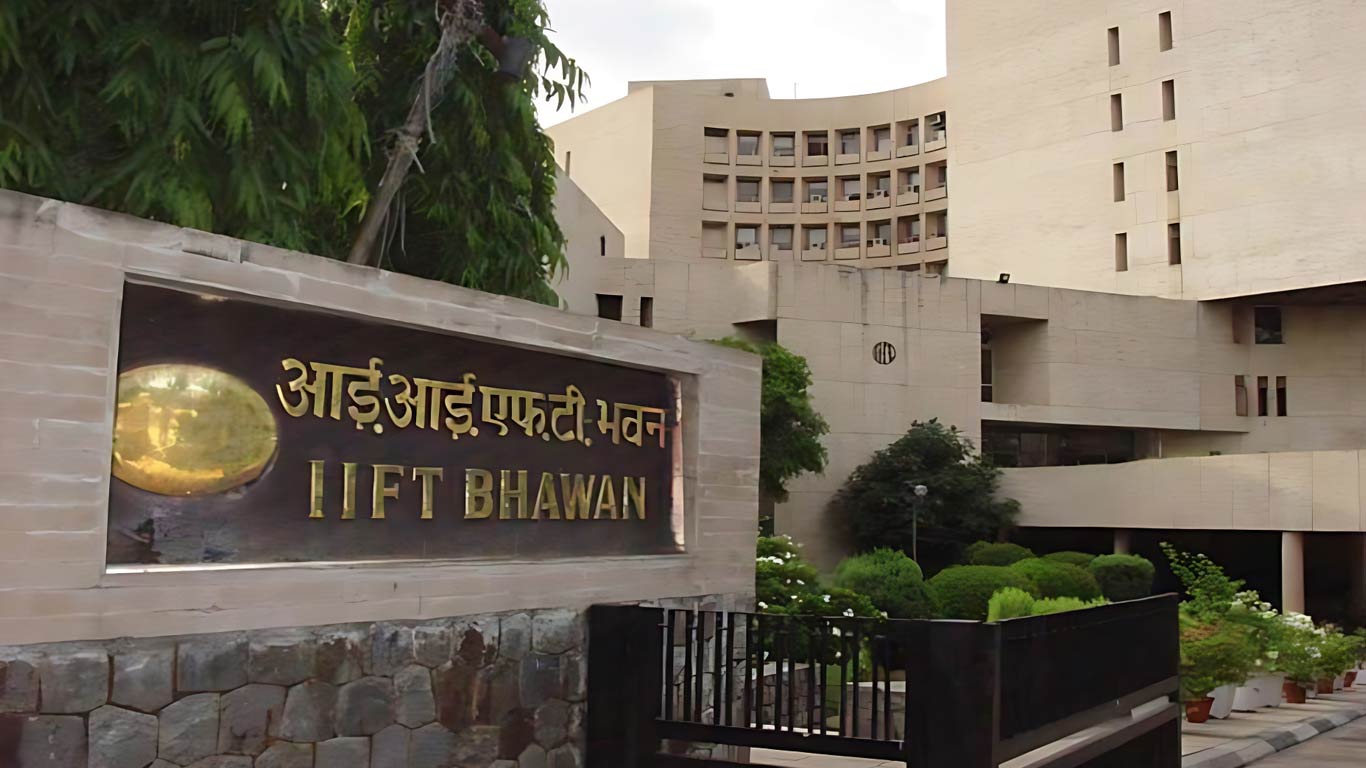
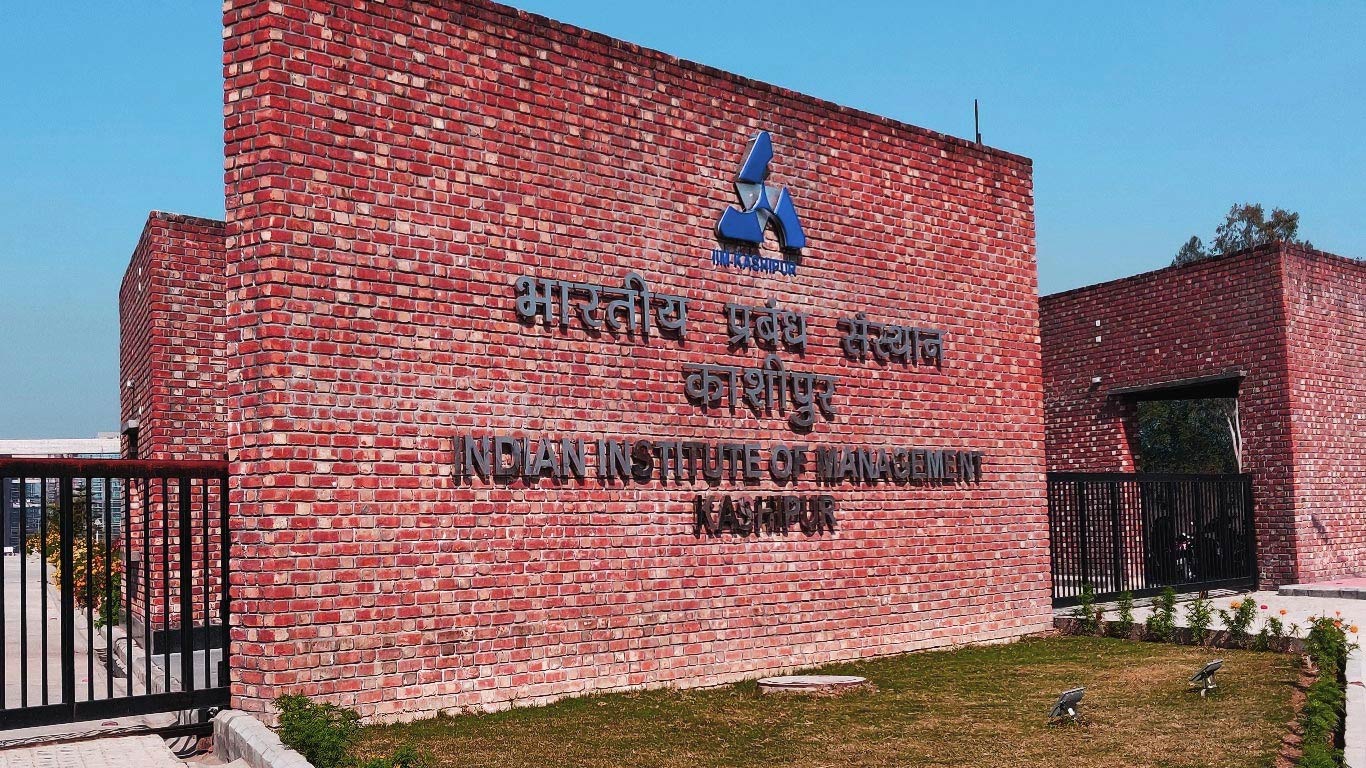





